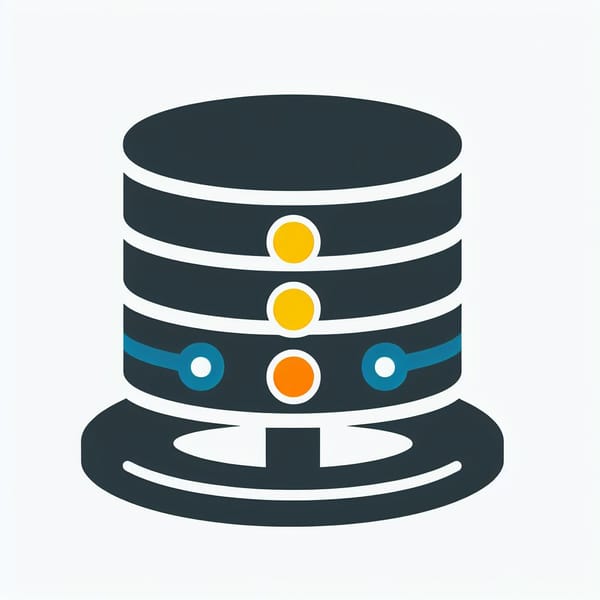Avoiding insanity in programming and software development

Do you know the definition of insanity? According to Vaas Montenegro, the psycho villain from Far Cry 3, it is “doing the same thing over and over again, expecting things to change”. He says this to the protagonist, while holding him captive and torturing him repeatedly. Vaas is clearly insane, but he also has a point. Doing the same thing over and over again, expecting things to change, is not only irrational, but also counterproductive and frustrating.
The iconic Vaas "insanity" speech from Far Cry 3
This applies not only to the fictional world of Far Cry 3, but also to the real world of programming and software development. How many times have you encountered a bug in your code, and tried to fix it by changing a few lines, running the program again, and hoping for the best? How many times have you repeated this process, only to see the same error message, or worse, a new one? How many times have you felt like smashing your keyboard, or throwing your laptop out of the window, or giving up on coding altogether?
If you have experienced this, you are not alone. Many programmers and software developers face this problem at some point in their careers. It is easy to fall into the trap of insanity, especially when you are under pressure, or working on a tight deadline, or dealing with a complex system. But there is a better way. A way that can save you time, energy, and sanity. A way that can help you write better code, find and fix bugs faster, and improve your skills and knowledge. A way that can make programming and software development more enjoyable and rewarding.
The way is called testing.
Testing as a means to prevent insanity
Testing is the process of checking the quality and functionality of your code, by running it under different conditions and scenarios, and comparing the actual results with the expected ones.
Testing can help you identify and correct errors, bugs, and defects in your code, before they cause bigger problems or affect the end users. Testing can also help you verify and validate the requirements and specifications of your code, and ensure that it meets the needs and expectations of the stakeholders. Testing can also help you improve the design, structure, and performance of your code, and make it more readable, maintainable, and reusable.
The benefits of testing are numerous and undeniable. Testing can help you:
- Detect and fix bugs early, before they become costly and difficult to resolve.
- Ensure the quality and reliability of your code, and prevent failures and crashes.
- Increase your confidence and satisfaction in your code, and reduce your stress and frustration.
- Enhance your reputation and credibility as a programmer or software developer, and impress your clients and employers.
- Learn from your mistakes and improve your skills and knowledge.
- Save time and money, by avoiding rework and waste.
So, the next time you encounter a bug in your code, don’t do the same thing over and over again, expecting things to change. Don’t be like Vaas. Be smart. Be sane. Test your code. You will thank yourself later.

Avoiding tests from becoming insanity
But wait, there’s more. Testing is not the only way to avoid insanity in programming and software development. There are other practices and principles that can help you stay sane and productive, such as:
- Debugging: Debugging is the process of finding and fixing the root cause of a bug, by using tools and techniques such as breakpoints, watch expressions, logging, tracing, and more. Debugging can help you understand how your code works, and where it goes wrong. Debugging can also help you learn from your errors, and avoid making the same mistakes again.
- Refactoring: Refactoring is the process of improving the quality and design of your code, without changing its functionality. Refactoring can help you eliminate code smells, such as duplication, complexity, inconsistency, and more. Refactoring can also help you make your code more readable, maintainable, and reusable, and prepare it for future changes and enhancements.
- Documentation: Documentation is the process of creating and maintaining written or visual information about your code, such as comments, annotations, diagrams, manuals, and more. Documentation can help you communicate the purpose, structure, and logic of your code, to yourself and others. Documentation can also help you remember and recall the details and decisions of your code, and avoid confusion and ambiguity.
- Version Control: Version control is the process of managing and tracking the changes and history of your code, by using tools and systems such as Git, SVN, Mercurial, and more. Version control can help you store and backup your code, and recover it in case of loss or damage. Version control can also help you collaborate and coordinate with other programmers and software developers, and resolve conflicts and merge issues.
- Code Review: Code review is the process of examining and evaluating the quality and functionality of your code, by yourself or others, using tools and methods such as peer review, pair programming, code analysis, and more. Code review can help you find and fix bugs, errors, and defects in your code, and improve its performance and security. Code review can also help you learn and share best practices, tips, and tricks, and get feedback and suggestions for improvement.
Conclusion
These are just some of the ways to avoid insanity in programming and software development. There are many more, such as following coding standards and conventions, using design patterns and architectures, applying agile and lean methodologies, and more. The key is to find the ones that work best for you, and use them consistently and effectively.
Programming and software development can be challenging and stressful, but also fun and rewarding. Don’t let the bugs and errors drive you crazy. Don’t let the deadlines and pressure make you lose your mind. Don’t let the complexity and uncertainty make you give up. Don’t be insane. Be sane. Be a better programmer and software developer.









